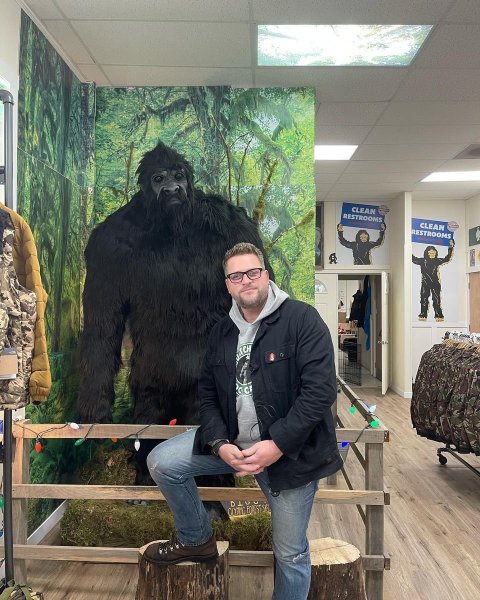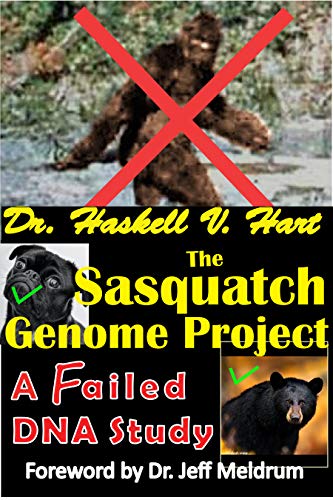Leaderboard
Popular Content
Showing content with the highest reputation on 12/01/2021 in all areas
-
All sorts if stuff happened at OML - and yeah, not all bigfoot for sure. It's a weird place for sure. Some is bigfoot though - I've seen the crushed downspout and fingerprints on the garage - 12 feet up.2 points
-
https://www.cnn.com/2021/12/01/africa/footprints-early-hominin-bear-scn/index.html Tracks show evidence of in-line foot placement.1 point
-
Reprinted with Permission 11/30/2021 The RELICT HOMINOID INQUIRY 10:72-76 (2021) Brief Communication AN ENCOUNTER WITH AN APEMAN BY J. VAN HERWAEERDEN Joep Vissers and Debbie Argue1* 1 School of Archaeology and Anthropology, Australian National University, Canberra, Australia *Correspondence to: debbie.argue@anu.edu.au © RHI ABSTRACT The reported sighting of a sedapa by Mr J. van Herwaarden, translated by Dr Joep Vissers, and provided by Dr Joep Vissers and Dr Debbie Argue. Originally published as Van Herwaarden, J. 1924. Een Ontmoeting met een Aapmensch. De Tropische Natuur. July 1924. Jaargang XIII. Aflevering 7. Pp103-106. Weltevreden [Batavia]: N. V. boekhandel en drukkerij Visser and Co., [1912]-1941 [https://www.worldcat.org/title/tropische-natuur/oclc/224741921]. KEY WORDS: sedapa, orang pendek, relict hominoids, Indonesia Introduction to the Translation In 1924, when Van Herwaarden was hunting on the Indonesian island of Poeloe Rimau, he saw what he thought was a sedapa. Sedapa is a term for an unknown being that is also known as orang pendek. We note that only portions of van Herwaarden’s story are generally described in the literature. One of us (DA) tracked down the original article and Dr Joep Vissers translated it from the Dutch. Dr Vissers is fluent in Dutch and English but wishes to disclose that he is not a certificated translator. Dr Vissers has kept as close as possible to the original meaning of the text. Shifts in the meaning of some words have occurred since the time Van Herwaarden published, and these Dr Vissers duly notes. Alternative meanings are provided where there are potential ambiguities in some words or expressions. We hope this translation will be of interest to researchers. An Encounter With An Ape-Man At the end of 1916, when my expeditions for the investigation of exploitable forests in the Palembang residence were starting, I first heard a few things about the existence of the sedapa from Malaysian people. The various stories diverged too much, and they sounded too fantastical, to attach too much belief to the existence of a still unknown forest person. Nevertheless, the stories had made enough of an impression to ask others for information once more. A few months later (in 1917), upon return to the kota Palembang, I therefore asked some Malaysian traders, who often came in the Oeloe, if they in turn had heard from others about the existence of the sedapa. The stories I was told about the orang pendek, were also very confounded, and seemed wholly implausible. The content of these messages of Oeloenesian and Palembanger was, briefly, as follows: The orang pendek has only one eye in the middle of the forehead, walks up the trees like a cicak, can transform into a tiger, robs the sheep of wool in the night to make a sitting mat, helps lost rotan seekers and brings them back on the right way home, and more of the like. My doubt regarding the existence of such a forest person then completely turned into disbelief, and after that I did not put any effort into more investigation. However, at the start of the following year, during an exploratory trip in the middle of the Semangoes (under division Moesi Oeloe), I was following a river one day, which had just bandjirred (overflown), when my attention was drawn to footprints, which showed great similarity to the footprints of humans, yet were still distinctly different. When looking better, I discovered large and little tracks, likely coming from a mother and her young. The tracks, strange but still reminiscent of human feet, immediately made me think of the sedapa; I made a sketch of the largest tracks, which however went missing during an unexpected submersion in a river. My interest was reawakened. And such footprints seemed to be observed on more occasions, for example, Mr Breikers, whom I met a few days later, had seen them in the same region. I instantly wanted to gain more information about the sedapa, and I thought I would get the most reliable information from the inhabitants of the forest, the Koeboes, who almost continuously remain in the primeval forest. From most of them, I heard to my surprise that they had never seen an orang pendek before. The hearing, eyesight and smell of the creature would be so sharp, that they could almost not be surprised! But I met three Koeboes, who claimed that they had seen them. Their descriptions matched each other rather well. The body had to be hairy, while the scalp hair would be long, and in the face, the canine teeth stood out. The sedapa’s went upright, and were 1.50 to 1.60 m tall. Another few years went past, before I would observe something myself, but in the meantime, I did hear a few stories about the sedapa. A Malaysian from the doesoen Pangkalan Balai (under division Banjoeasin and Koeboestreken) saw a mother animal with a newly born young in the forest, who were both dead. Attempts to bring the find to the kampong failed because the decomposition was too far advanced. The Malaysian died the next day, which was attributed to touching the sedapa. Furthermore, once a few Malaysians in proas1 near the doesoen Sebalik, located in the same under division, would have surrounded a sedapa, which was in the water. However, the animal managed to get away by diving under and resurfacing again a long way away and quickly swimming off. In October 1923, I traveled in that under division and stayed on the island Poeloe Rimau, which for the largest part is left on leasehold2 assigned to G. Fischer. During a few days, I tried to hunt3 a deer or pig in the early morning and also late afternoon, in the part of the island, which was laid open by this gentleman. But my effort was not rewarded, even though ample tracks were present. Finally, I wanted to give it one last shot, and hid myself to wait for the wild animals. To this end, I went to one of the outskirts of the terrain, about a half an hour away, during which I usually had to move in bent posture, and had to crawl through bushes some times. After waiting for an hour, I had not seen anything yet. By chance I looked to the left, and noticed some movement in a not too large, solitary tree. In the meantime, it had become time to leave, given that the road after sunset through such terrain was not recommended. However, curiosity drove me to first go and see what was causing the movement. Which animal could be sitting in that tree! The first superficial examination had no result. But after another stroll around the tree, I discovered a dark hairy creature, which was standing on a branch, with the front part of the body tightly pressed against the tree. It seemed, as if it knew it would be hidden better in this way, and thought it would prevent discovery. That had to be a sedapa! Hunters will obviously understand that I felt slightly excited by this discovery. Initially all I did was stare and look at the beast, which stayed there a few meters above me without moving, standing pressed against the tree. While I constantly kept my rifle ready to shoot, I tried to attract attention by calling out, but the sedapa did not move. What to do? Getting help to catch the animal/beast together with others was impossible. And since time was running out, I was obliged to commence taking action. I tried it by kicking against the tree, but still no result. I put the rifle on the ground, and would try to approach the animal. Only when I had climbed about a meter and a half into the tree, the body above me came in motion. The creature removed itself some from the stem, bent sideways, such that I could then see the scalp hair, the forehead and a pair of eyes, which were looking at me. Although the movements were initially slow and careful, once however the sedapa had seen me, the whole situation changed. It now became nervous, and completely started moving. To be able to observe better, I lowered myself again. The front of the sedapa was hairy too, the color was a bit lighter than on the back. The very dark scalp hair reached to below the shoulder blades, yes almost to the waist. It was quite richly developed4, and not particularly entangled. The head seemed to run more pointed5 than the human head, the brown-tinted face was almost not hairy, while the forehead should rather be called high than low. The eyebrows had the same color as the scalp hair, and were strongly developed. The eyes seemed very ordinary, were of a dark tint, very mobile, and looked very much like human eyes. The nose was wide with rather large nostrils, although not at all unsavory, and was reminiscent of a kaffir6 nose. The lips were very ordinary, however the mouth was wide, which was particularly apparent, when it opened. The canine teeth, which with the nervous twitching of the mouth were clearly visible every now and then, seemed rather large to me, in either case, they were more developed than for humans. The incisors were regular. The color of the teeth was yellowish. The chin was somewhat withdrawn. During a quick movement, I briefly got to see the right ear, which looked precisely like a small human ear. The hands were lightly hairy on the top. While standing, the arms reached until just above the knee, so they were long, however the legs seemed short to me. I have not seen the feet well, but did see the toes, which were ordinarily shaped. This specimen was of the female sex. It was about one and a half meters tall. The face did not have an off-putting or ugly expression at all, nothing monkey-like either, although the nervous and quick movements of eyes and mouth were very similar to those of an anxious monkey. I briefly spoke to the sedapa calmly and reassuringly, such as what one would do to a dog or a horse that is frightened, but that did not help much. When I pointed the rifle at her, I heard a whining ‘Hoo hoo’, a sound which was immediately answered from the bush not far away with the same tones. I put the rifle down again, climbed in the tree again, and had almost reached the lowest branch, when the sedapa quickly walked to the end of the reclining branch, hung on the extreme end of it and then let herself fall on the ground from a height of at least 3 meters. I quickly let myself slide down again, however, by the time I was aiming the rifle, the animal was at least thirty meters removed from me, and kept walking fast while emitting a hissing sound. And now many may find me childish, when they learn, that I, when I saw the fluttering hair over my gun barrel, did not pull the trigger. I suddenly got the feeling as if I would commit a murder. I aimed another time, but then I lacked the courage again. I did get the impression that the foot was wide and short, but that the sedapa would walk with the heels forward, is pertinently untrue. Initially, I had not wanted to write about the sedapa sooner than when I had obtained a specimen, but considering my early departure to Europe, there will be no opportunity for me to obtain more accurate findings, for the time being anyway. Perhaps someone else, who travels in these regions, will be luckier than I have been and can, by obtaining a specimen, deliver the irrefutable evidence of the existence of the sedapa. J. van Herwaarden. ____ 1 A proa (‘prouw’ in Dutch) is a type of boat. 2 The Dutch term for leasehold is ‘erfpacht.’ 3 The Dutch term used by J. van Herwaarden is ‘machtig worden,’ literal translation: ‘overpower’ or ‘fight down.’ 4 J. van Herwaarden uses the term ‘ontwikkeld,’ which could either mean ‘developed’ or ‘unwrapped’ / ‘unentangled’. 5 The term used by J. van Herwaarden is ‘spits toelopen.’ An alternative translation is ‘the head was more tapered.’ 6 The term ‘kaffir’ is now a derogatory one. It is possible, however, that van Herwaarden is referring to an ethnic group that lives mainly in Sri Lanka, whose ancestors were transported from the Bantu-speaking lands of Africa. See https://public.oed.com/blog/word-stories-kaffir/. Dr Joep Vissers is a cancer researcher and educator at the University of Melbourne. In his capacity as genome Curation Scientist Team leader, he oversees interpretation and reporting of genetic findings in cancer patients. Dr Vissers holds a PhD in molecular biology (Netherlands Cancer Institute, awarded by the University of Amsterdam). He is a native Dutchman who grew up in the Netherlands and has studied and worked in Chicago (USA; 2005-2006). He has lived in Melbourne (Australia) since 2012. Debbie Argue is a Visiting Fellow in the School of Archaeology and Anthropology at the Australian National University, Canberra, Australia. A paleoanthropologist and archaeologist, she was awarded Bachelor of Arts Honours in Archaeology in 1992. She practiced as an archaeological consultant before accepting a position in local government, where she worked in Australian Aboriginal and historic archaeology and conservation. She recived a Masters degree in 2003, with an emphasis in Middle Pleistocene human evolution. Following this, she received a scholarship from the Australian National University to undertake her Doctorate, studying human evolution in the Early Pleistocene. For this she studied fossil hominin collections in Africa, Asia, and Europe. At this time Homo floresiensis was discovered and became one of herprimary academic interests.1 point
-
Hello my name is Maureen, I was actually searching the internet regarding BF dreams and meanings. Although I never seen a BF but I have heard them before and I do believe they are real otherwise I wouldn't have the dreams.1 point
-
Maybe YOU can do it? Give the Olympic Project folks a call and talk to them about it. All you need is some soil from a fresh print that is not defined enough to cast. If you're willing to pay for the dna lab work, they might well be amenable, especially if you're willing to give them the fame.1 point
-
LOL. How about Ketchum 2012, Sykes 2014, WA nests 2016, Bhutan (Nat Geo) 2018....and others....1 point
-
Hi I'm Dr Squatch from Austin Texas very passionate believer in relict hominids. Very excited to be here!1 point
-
"Thought to be from a Bear" where uh...have I heard that one before I wonder?1 point
-
Sorry. As an industry, science is in near complete denial. Science chases funding, not the other way around, and there is absolute proof of that everywhere.1 point
-
Back in May 2005, Gigantofootecus started presenting information here on BFF about Patty's shoulder width when presenting his ASH ratio analysis. I believe the final result estimated it to be 1.30+, in other words her wingspan was 30% more than her height. Here are a few comparisons of known human dimension. I once found a website that listed every NBA player's height and armspan. Didn't save it and now can't find it but I did locate this article discussing wingspan of NBA players... By far, Kevin McHale's ASH ratio of 1.17 is the highest of any one I've read about. Still, that leaves another 13%+ which is formidable unto itself. https://www.thesportster.com/basketball/top-15-most-impressive-wingspans-in-nba-history/1 point
-
This line of thought brings one near the aboriginal legends of wild men stealing women and children. This presents a parallel line of wild homo sapiens, and does away with the problem of viable breeding population as well as fits the tiny density of these creatures.1 point
-
1 point
-
1 point
-
1 point
-
It's pretty difficult for my to watch the PGF and think feral Human. Not that they don't exist, mind you, but so much gets reported about being 7-9 ft. tall, very heavy, and with massive musculature and 3-4 foot wide shoulders, not to mention 14-18inch footprints. It may be just me, but I would expect feral Humans to not be nearly so robust?1 point
-
1 point
-
Lots of excellent points being made. DNA is a topic that I am admittedly ignorant about especially as it relates to nuances and what can and can't be done. What I've always found puzzling is that DNA results that are determined to be close to human, but not 100%, should be catalogued and kept to measure against the next time such a finding is made. Then, if several results are fairly similar, can't a further genetic/genomic analysis be undertaken on those similar samples to get into the real tiny differences to isolate those specfic markers that are not quite human?1 point
-
The Sasquatch Genome Project: A Failed DNA Study by @hvhart (Author), Jeff Meldrum (Foreword) Because of the extraordinary claims in "Novel North American Hominins, Next Generation Sequencing of Three Whole Genomes and Associated Studies" (Ketchum et al., 2013) the Bigfoot Community has been debating it ever since. This book is the result of research over seven years (more than the original study) in understanding the Sasquatch Genome Project and its published paper. Dr. Haskell Hart tells the story of his increasing involvement and understanding of the paper as he presents his own results and conclusions, which are at odds with the Ketchum et al. paper. He first explains the structure and function of DNA as background. With 45 figures and 29 tables of data (more than in the original paper), all carefully explained to the layman, this extensive scientific critique of the paper is the only one of its kind.1 point
-
For a true researcher. Disproving the existence of the Sasquatch is as important as proving they do exist. That is why we are RESEARCHERS, Not religious leaders pushing a faith. Thomas Steenburg1 point
This leaderboard is set to New York/GMT-05:00

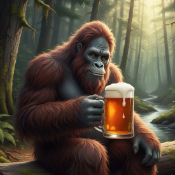

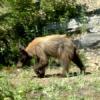
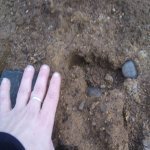




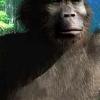


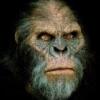
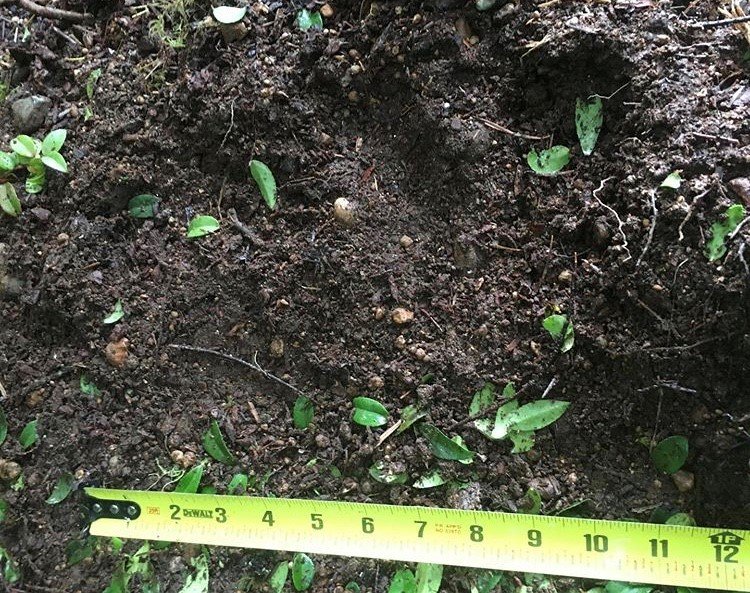
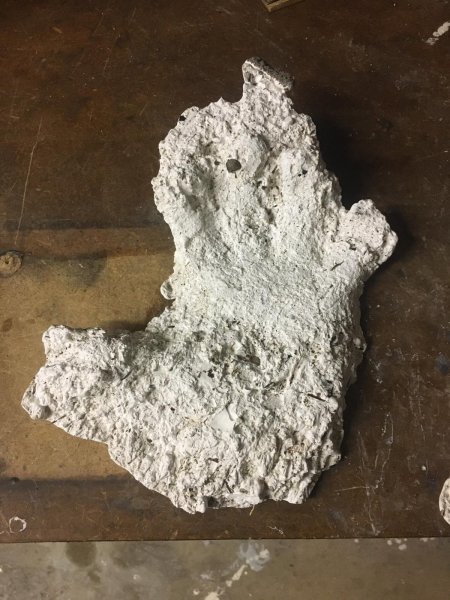
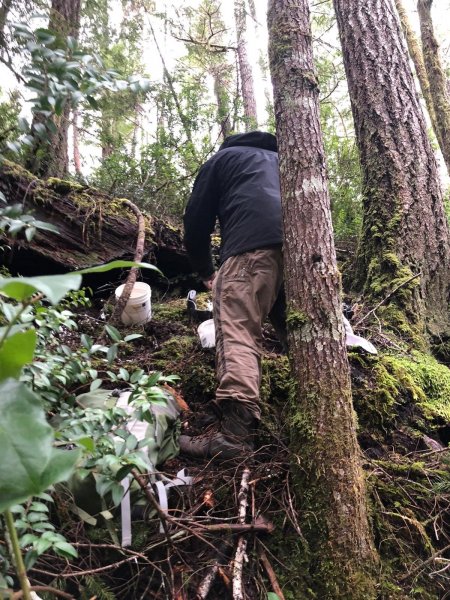
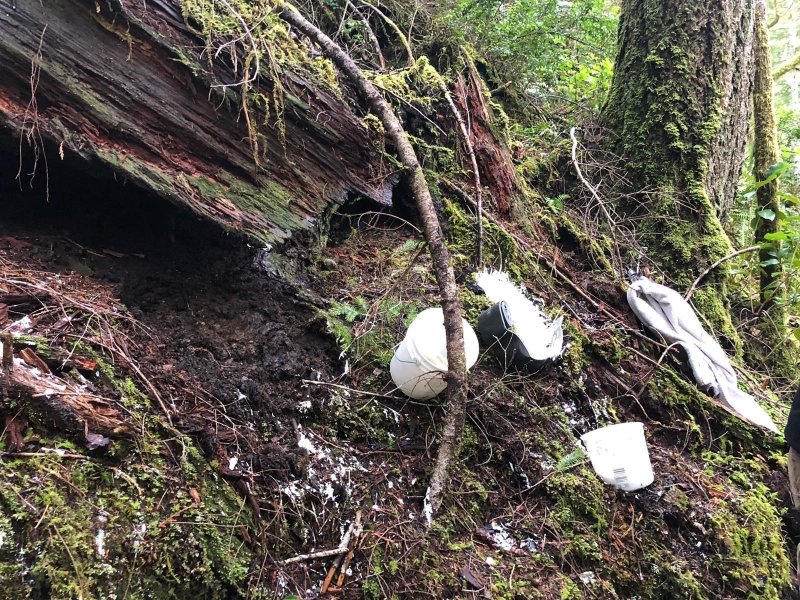
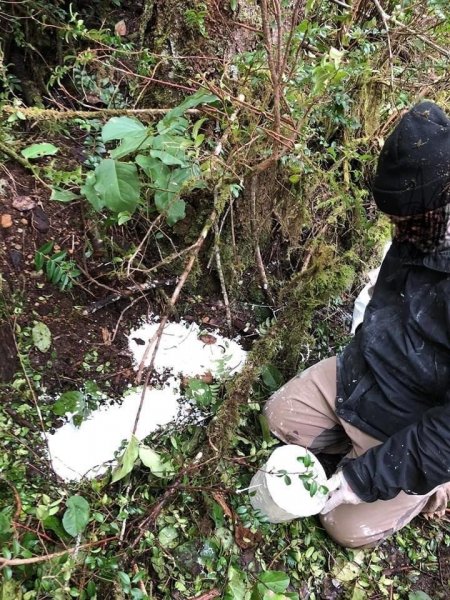
.thumb.jpg.0a24ba886b0e9793aad71ec32073a813.jpg)
